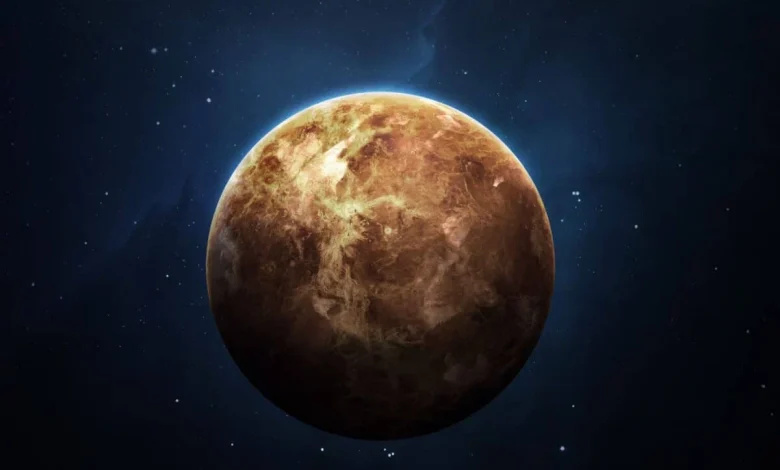Venus Is More Dangerous Than Ever for Space Missions, Find Out Why

Venus, often referred to as Earth’s twin due to its size and composition, hides a dangerous and mysterious atmosphere that has fascinated scientists for decades. While the planet’s extreme conditions are well-known, much about its surface weather remains shrouded in mystery.
But recent research, particularly a new study by Maxence Lefèvre and his team at the Sorbonne, is beginning to provide a clearer picture of Venus’ meteorological quirks, focusing on its winds and dust. This research, based on a model that incorporates the little data available from past missions, is set to inform future missions like DaVINCI and VERITAS, which will venture into the thick Venusian air.
Winds of Venus: Slow but Steady
According to the new study available on arXiv, wind speeds at the surface of Venus are surprisingly low, only about 1 meter per second. While this may not seem like much—Earth’s winds can reach up to 20 meters per second or more in extreme cases—the dense atmosphere of Venus makes a big difference. It takes far more energy to move air at such low speeds in a thick atmosphere. Despite the slow winds, they have a significant impact on the planet’s surface, helping to distribute heat and move dust, which in turn influences the temperatures across the planet.
One of the most notable features of Venus is the extreme temperature variation between day and night. With a day lasting 117 Earth days, Venus experiences long periods of both heating and cooling. Lefèvre’s team found that winds, especially in the mountainous regions, play a key role in moderating these temperature swings.
During the day, warm air rises up the slopes, while at night, cooler air flows back down. This air movement not only shifts dust but also helps stabilize temperatures in the highlands. In these regions, temperatures fluctuate by less than 1 degree Kelvin between day and night, compared to the 4 degrees Kelvin observed in the lowlands, where the winds have less of an effect.
Surface conditions of Venus. Credit: Venera 13/Don P.Mitchell
The Dust That Won’t Settle
Dust is another big player in Venus’ weather system. It may seem like a small detail, but when it comes to the planet of clouds dust is a real headache. Lefèvre’s model reveals that the planet’s winds are capable of lifting fine dust particles, which can then be transported across the surface, creating dust storms that could last for hours or even days.
In regions like Alpha Regio, a plateau near the equator, winds strong enough to lift sand-sized particles affect nearly half of the area. That’s not good news for future missions, like DaVINCI, which plans to land in this very region.
Wind patterns and elevation variations on Venus’ surface at different times of the day. Credit: JGR Planets
Regional Models: A More Precise Picture
Unlike previous attempts that treated the planet as a uniform entity, this new model divides Venus into smaller areas to account for varying wind and temperature conditions. Variables such as albedo and thermal inertia are crucial for understanding Venus’ complex climate.
Although the model is already a significant step forward, Lefèvre and his team acknowledge that more work remains. They plan to refine their simulations by incorporating additional data, such as how carbon dioxide absorbs and radiates heat. These improvements could greatly enhance our understanding of the planet’s surface conditions.



